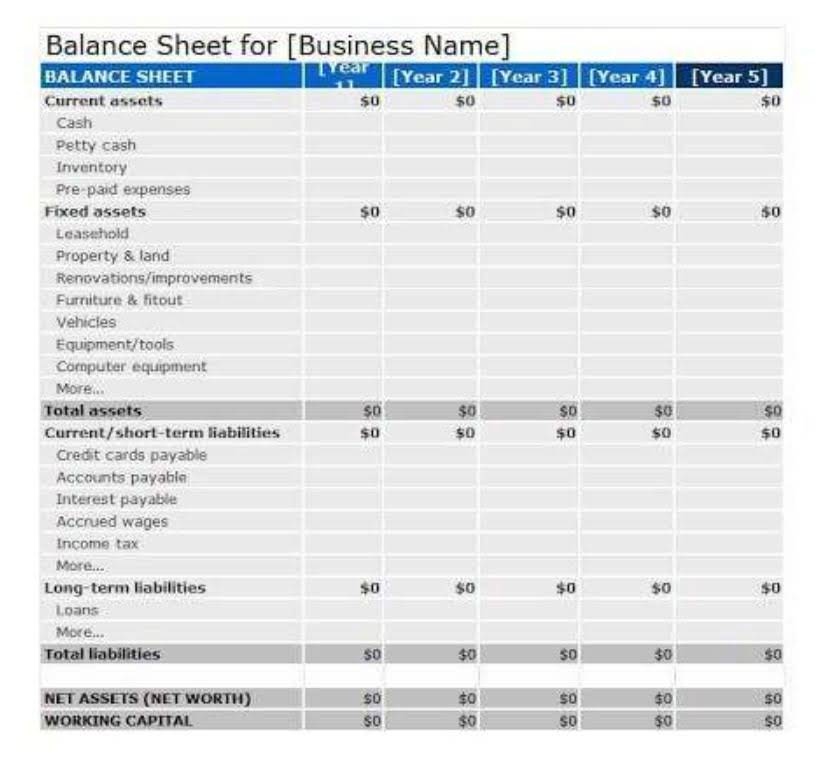
Generally, fixed cost consists of fixed production overhead and Administration Overhead. The fixed cost per unit period costs of output will vary inversely with changes in output level. Fixed cost is treated as a time cost and charged to the Profit and Loss Account. The accrual for a particular accounting period, the duration that has passed and necessitated being charged to the profit and loss account, and the revenue for which they are incurred are the three factors determining time costs reporting.
Additional Resources
- Time cost forms a significant portion of indirect costs, hence critical for running the business.
- First-in, first-out (FIFO) costing addresses this problem by assuming that the first units worked on are the first units transferred out of a production department.
- Once the inventory is sold or otherwise disposed of, it is charged to the cost of goods sold on the income statement.
- Resources consumed to provide or maintain the organization’s capacity to produce or sell are capacity costs or supportive overheads.
- In short, all costs that are not involved in the production of a product (product costs) are period costs.
- To quickly identify if a cost is a period cost or product cost, ask the question, “Is the cost directly or indirectly related to the production of products?
- Capacity costs are further divided into standby costs and enabling costs.
Also termed as period expenses, time costs, capacity costs, etc these are apportioned as expenses against the revenue for the given tenure. Some examples include General administration costs, sales clerk salary, depreciation of office facilities, etc. As shown in the income statement above, salaries and benefits, rent and overhead, depreciation and amortization, and interest are all period costs that are expensed in the period incurred. On the other hand, costs of goods sold related to product costs are expensed on the income statement when the inventory is sold. Every cost incurred by a business can be classified as either a period cost or a product cost. A product cost is incurred during the manufacture of a product, while a period cost is usually incurred over a period of time, irrespective of any manufacturing activity.

The Financial Modeling Certification
This mixing makes it impossible for managers to know the current period expense of manufacturing the product. First-in, first-out (FIFO) costing addresses this problem by assuming that the first units worked on are the first units transferred out of a production department. FIFO separates current period expenses from those in the beginning inventory. In FIFO costing, the costs in the beginning inventory are transferred out in a lump sum. FIFO costing does not mix costs from prior tenure (in beginning inventory) with a current period expense. Fixed costs remain Budgeting for Nonprofits constant for a given tenure, irrespective of the level of output.
Create a free account to unlock this Template
- The costs are not related to the production of inventory and are therefore expensed in the period incurred.
- Weighted-average costing mixes current period expenses with the costs from prior periods in the beginning inventory.
- Fixed cost is treated as a time cost and charged to the Profit and Loss Account.
- The firm will not incur enabling costs if operations shut down but will incur them if operations occur.
- CFI is on a mission to enable anyone to be a great financial analyst and have a great career path.
- As you can see there is a heavy focus on financial modeling, finance, Excel, business valuation, budgeting/forecasting, PowerPoint presentations, accounting and business strategy.
- A product cost is incurred during the manufacture of a product, while a period cost is usually incurred over a period of time, irrespective of any manufacturing activity.
The management accountant must carefully evaluate the time expenditure to see if it will be included in the income statement. Period expenses appear on the income statement with an appropriate caption for the item, which acts as a disclosure, in the period when the cost is incurred or recognized. Period costs help the management understand the burden of cost that a firm is facing irrespective of whether the company is working or not, earning any profit or not. Moreover, it helps authorities identify the irrelevant unavoidable costs that will always consider reaching the breakeven point. Such cost classifications have been proven useful to people, like most analysts who develop several costs, classifying them per their uses in various managerial applications.

#2 – Usage of Period Expense in Inventory Valuation
Identifying and categorizing these costs is important as different purposes require different cost constructs. Time cost forms a significant portion of indirect costs, hence critical for running the business. Take your learning and productivity to the next level with our Premium Templates. Upgrading to a paid membership gives you access to our extensive collection of plug-and-play Templates designed to power your performance—as well as CFI’s full course catalog and accredited Certification Programs. Access and download collection of free Templates to help power your productivity and performance.

Some will likely be constant over the entire output range; others will vary in steps. For example, a single-shift operation might require only one departmental supervisor, but the operation of a second shift will require a second supervisor. It will keep accruing, and an entity will have to bear the same without profit normal balance or revenue.
- CFI is the global institution behind the financial modeling and valuation analyst FMVA® Designation.
- In other words, they are expensed in the period incurred and appear on the income statement.
- Moreover, it helps authorities identify the irrelevant unavoidable costs that will always consider reaching the breakeven point.
- FIFO costing does not mix costs from prior tenure (in beginning inventory) with a current period expense.
- Period expenses appear on the income statement with an appropriate caption for the item, which acts as a disclosure, in the period when the cost is incurred or recognized.
- The management accountant must carefully evaluate the time expenditure to see if it will be included in the income statement.

Standby costs will continue if the firm shuts down operations or facilities temporarily. Examples are depreciation, property taxes, and some executive salaries. There is no fixed approach to identifying the period expense in all the particulars. The Management accountant has to carefully evaluate the time cost and check whether the same will form part of an income statement.
